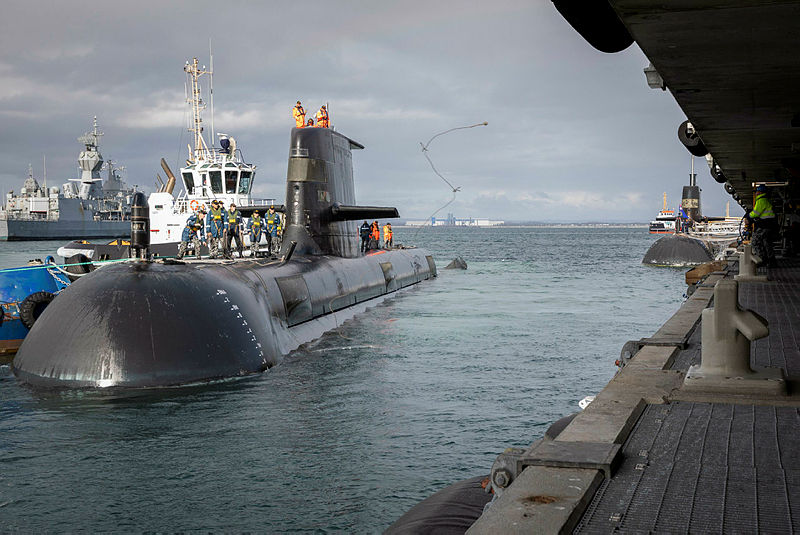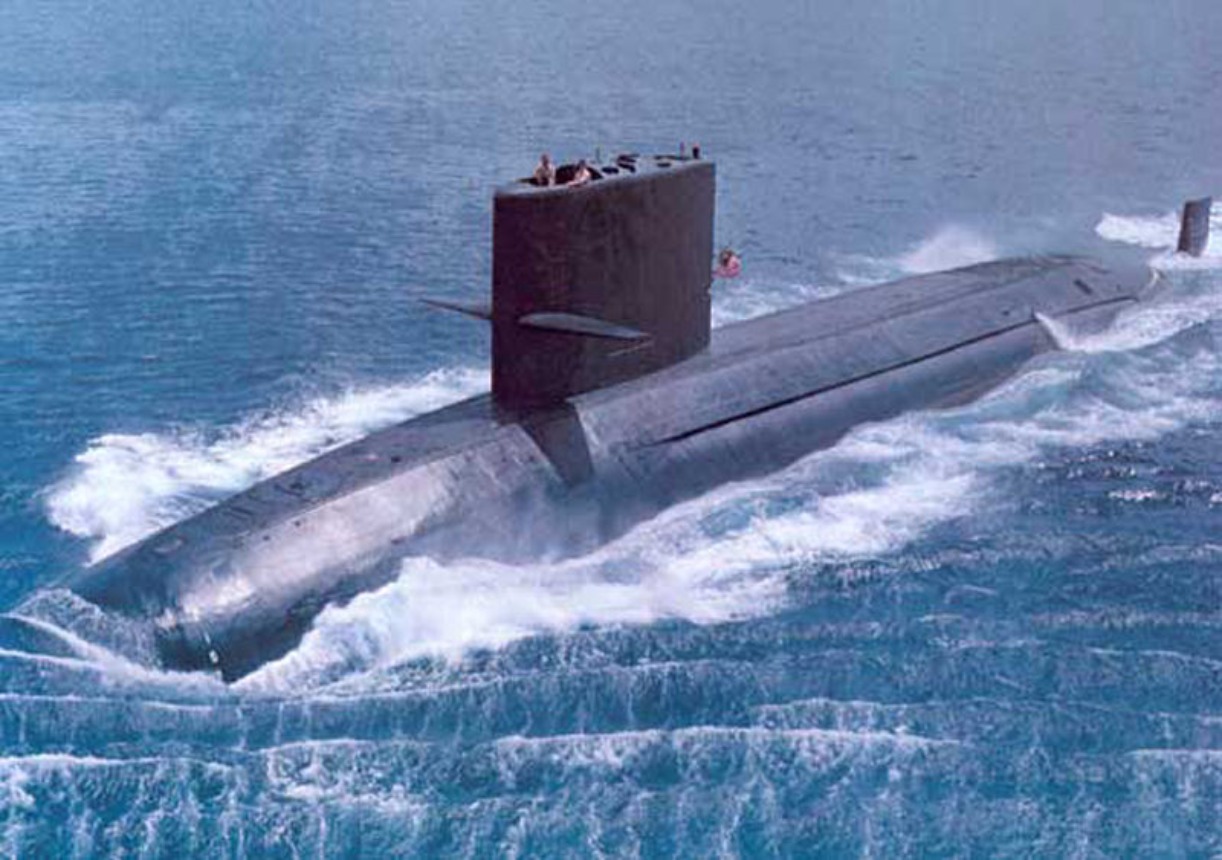RV10flyer
Solar Wizard
- Joined
- Mar 8, 2021
- Messages
- 1,198
I've mistakenly left nuts loose getting in a hurry. The BMS always picks it up. It may show cell number 10 with an error but it could be cell number nine or 11. If you see a faulty reading, you better start looking over all your connections and crimps.
Also install a sticky note with your typical voltage difference at maximum pack voltage. When my Sol-Ark's are in absorption phase, pushing 370A in, I'm usually watching voltage difference. All 10 batteries are different, but if you start seeing them change you better start investigating.
Also install a sticky note with your typical voltage difference at maximum pack voltage. When my Sol-Ark's are in absorption phase, pushing 370A in, I'm usually watching voltage difference. All 10 batteries are different, but if you start seeing them change you better start investigating.





